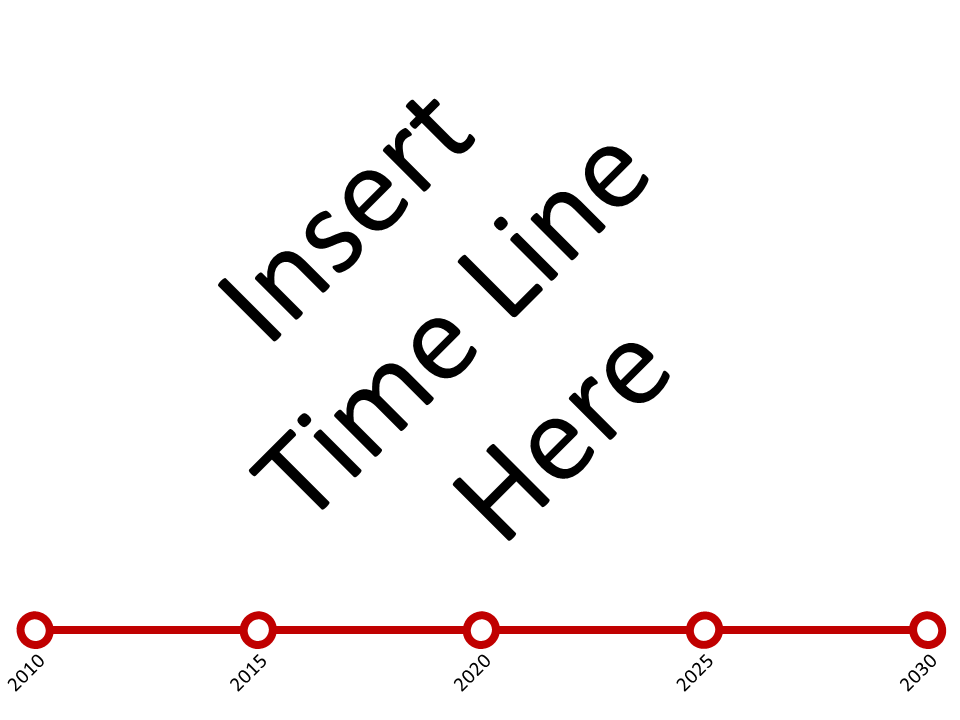Difference between revisions of "The Gilded Cage"
| Line 20: | Line 20: | ||
===Period of 2015 - 2020=== | ===Period of 2015 - 2020=== | ||
By 2015 the Asian economies and in particular BRIICS economy's | By 2015 the Asian economies and in particular BRIICS economy's were roaring. China was already on the verge of dethroning the US as the world's largest economy. With a GDP growth in double digit the focus of the world was on China. | ||
EU by then | The EU had by then managed to drag itself out of the recession, but still there was a still a lot of ground left to recover. From being a huge exporter, the EU turned into a big importer. Its dependence on the emerging economies increased substantially during this period. | ||
Though the economy | Though the economy seemed to be unstable the smaller EU nations were still happy to live under the EU umbrella as they felt it was the safest bet for their survival and development. The situation triggered more co-operation among EU members and the EU was able to establish a strong identity. As all member states learnt their lessons from the crisis, EU was successful in pushing thorough common and stronger policies of governance. | ||
Towards the end of 2020 EU members | Towards the end of 2020 EU members started registering positive growth, though minuscule in comparison to the growth registered by the developing economies. The developing economies had cheap labor as one of their key resources and continued to be the manufacturing hub for the developed world. Consumers in Europe were no longer willing to pay higher prices for their purchases. They, desired to have the best products at the cheapest rates.This also triggered more manufacturing moving towards developing countries in Asia, Africa and South America. | ||
===Period of 2020 - 2025=== | ===Period of 2020 - 2025=== | ||
Revision as of 21:34, 14 October 2009
The Summary
The EU establishes good governance and is strongly bonded than ever before. With greater co-operation and merger of cultures it is able to sustain its growth. But, in the wider geo-political scene it losses its political clout to the emerging markets. The EU is prosperous but its glory is a part of history.
The Scenario
The year is 2030 and the EU was able to create a unique identity for all its residents. Though the EU has succeeded in integrating its member states and keeping its membership intact, it is a far cry from the economic and political progress that its creators had envisaged.
The growth of the emergent economies of BRIICS (Brazil, Russia, India, Indonesia, China & South Africa) shifted the global focus from EU to these new regions. The EU at this point held lesser significance than the fast developing countries.
Since then, EU's economy is stable and the political environment is progressive, but the growth is not significant to crow about.
Timeline
Period of 2010 - 2015
The economic crisis that started in 2008 had a significant impact on EU. The crisis turned out to be a longer drawn battle than was initially thought. The massive funds invested by the developed economies in bailing out its financial and manufacturing sector did not reap much dividends. Law makers believed that the economy would recover by 2010, but after showing a minor sign of recovery the economy spun into a long depression. Unemployment rates reached all time highs with a huge impact on the political climate.
The developed countries in EU registered negative growth for 3 consecutive years with a rising fear of this turning into a norm. The UK, Germany and France were no longer the biggest influencer's of EU policies. But, still the smaller EU economies lived in the hope of a quick recovery and overall development across the EU.
The Rest of the World (ROW) was concerned about these developments and worried about its trade and political relations with the EU especially if the EU's economy continued to drift south.
Period of 2015 - 2020
By 2015 the Asian economies and in particular BRIICS economy's were roaring. China was already on the verge of dethroning the US as the world's largest economy. With a GDP growth in double digit the focus of the world was on China.
The EU had by then managed to drag itself out of the recession, but still there was a still a lot of ground left to recover. From being a huge exporter, the EU turned into a big importer. Its dependence on the emerging economies increased substantially during this period.
Though the economy seemed to be unstable the smaller EU nations were still happy to live under the EU umbrella as they felt it was the safest bet for their survival and development. The situation triggered more co-operation among EU members and the EU was able to establish a strong identity. As all member states learnt their lessons from the crisis, EU was successful in pushing thorough common and stronger policies of governance.
Towards the end of 2020 EU members started registering positive growth, though minuscule in comparison to the growth registered by the developing economies. The developing economies had cheap labor as one of their key resources and continued to be the manufacturing hub for the developed world. Consumers in Europe were no longer willing to pay higher prices for their purchases. They, desired to have the best products at the cheapest rates.This also triggered more manufacturing moving towards developing countries in Asia, Africa and South America.
Period of 2020 - 2025
With better governance the EU's financial system turns more robust. EU believes in itself and realises that the best way to survive and retain its glory is to co-operate better among itself. Unhealthy trade and border restrictions would not help its cause and hence the EU borders are thrown open for its citizens. EU identity is also recognised by the rest of the world. Citizens take pride in being an EU member rather than their country identities.
EU's economy recovers. There is wide scale development in the Eastern European member states. The balanced economic development reduces the disparities in the living standards between member states.
Though EU is still open to immigration, it fulfills its requirements through immigration within member states. As trade flourishes within the EU, the EU turns more into a mixed culture and losses its historical cultural identity.
The EU also drives sustainable technology and is in the forefront of technological innovations relating to sustainability. The EU becomes self sufficient in its energy production through sustainable means.
Period of 2025 - 2030
Though the EU recovers to its glorious past much stronger the political and economic dynamics stands changed. The developing nations are in the limelight. EU is wise to recognise this shift in power and the geo-political climate. EU strengthens its ties with the developing nations and reaps the dividends of strong growth in these economies.
EU becomes a strongly bonded and an economically progressive unit, but losses its political clout. This is not very different from the current situation, but for the fact that the EU has a strong political clout on the rest of the world.
Key Variables
Governance
The EU continued to centralize the power around Brussels. After the Lisbon Treaty the European parliament and the European Commission drafted a new constitution giving full power to Brussels over the member states affairs and decisions.
Economy
Economic growth has been slow ever since the 2008 financial shock due to heavy regulations on the finical industry and slow innovation power with in the union.
Identity
Immigration
Immigration still exists but has slowed down due to less finical and economic activities in the EU.
Boundary
The expansion of the EU slowed down after the 2008 crisis and in fact some member states decided such as Ireland and Italy decided to become independent again and joined EFTA the free-trade union.
Financial System
After the crises the EU and the member state began to regulating the finical institutions framework resulting in a slow moving finical system. This resulted in a movement of the center of finical activities from UK to Shanghai, from the slow moving system into the new dynamic system.
Culture
The European culture and style is still very present, and it will never disappear because of the ancient history of the region, but due to eastern & western european mix it has a new flavour to it.
Commerce / Trade
Resources / Energy
Political Alignment
Population Change

